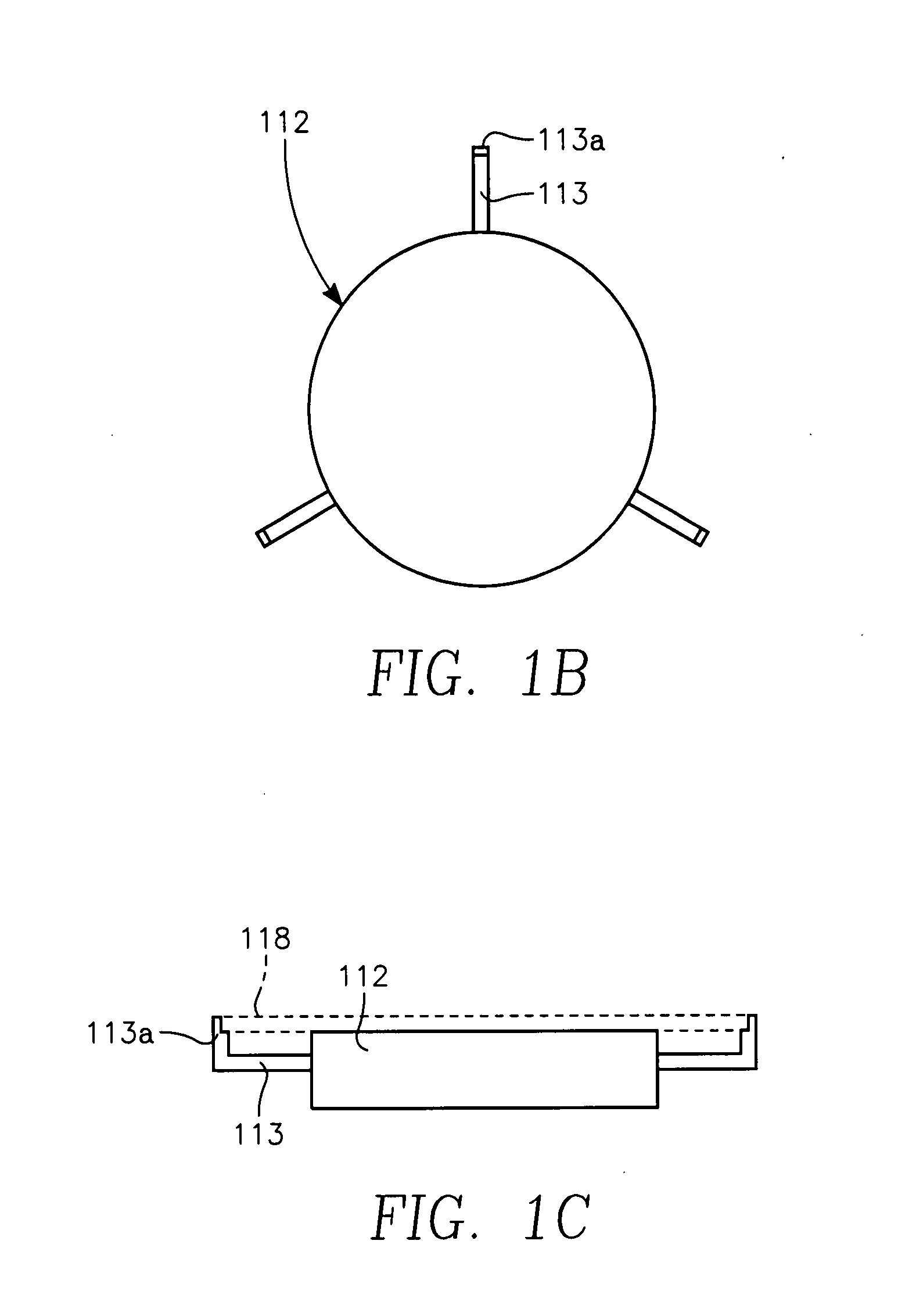Process for wafer backside polymer removal and wafer front side photoresist removal
a technology of photoresist and wafer backside, which is applied in the direction of cleaning process and apparatus, chemical apparatus and processes, electric discharge tubes, etc., can solve the problems of affecting the effect of reducing the number of spherical ions, affecting the removal effect of spherical ions,
- Summary
- Abstract
- Description
- Claims
- Application Information
AI Technical Summary
Problems solved by technology
Method used
Image
Examples
Embodiment Construction
[0033]Exemplary embodiments of the invention pertain to removing polymer from the backside edge of a wafer without damaging critical films, such as an ultra low-K dielectric film, by heating the wafer in a chamber while exposing only the backside of the wafer to polymer etch radicals or plasma by-products, such as atomic or free oxygen, from an external plasma source. The oxygen radicals may be provided by an external plasma source which is supplied with an oxygen-containing gas or vapor, such as O2, H2O, N2O, CO2, or CO, for example. The oxygen-containing gas may be combined or diluted with other gases such as H2, N2 or Ar. Other fluorine-containing gases (such as CF4 or NF3) may be added to allow removal of polymer films that contain other materials (such as Si) and are not etched efficiently in O chemistry alone. The critical films in the thin film structure on the wafer front side are protected from damage by the polymer etch species by pumping purge gases across the wafer front...
PUM
| Property | Measurement | Unit |
|---|---|---|
| Length | aaaaa | aaaaa |
| Length | aaaaa | aaaaa |
| Length | aaaaa | aaaaa |
Abstract
Description
Claims
Application Information
 Login to View More
Login to View More - R&D
- Intellectual Property
- Life Sciences
- Materials
- Tech Scout
- Unparalleled Data Quality
- Higher Quality Content
- 60% Fewer Hallucinations
Browse by: Latest US Patents, China's latest patents, Technical Efficacy Thesaurus, Application Domain, Technology Topic, Popular Technical Reports.
© 2025 PatSnap. All rights reserved.Legal|Privacy policy|Modern Slavery Act Transparency Statement|Sitemap|About US| Contact US: help@patsnap.com



